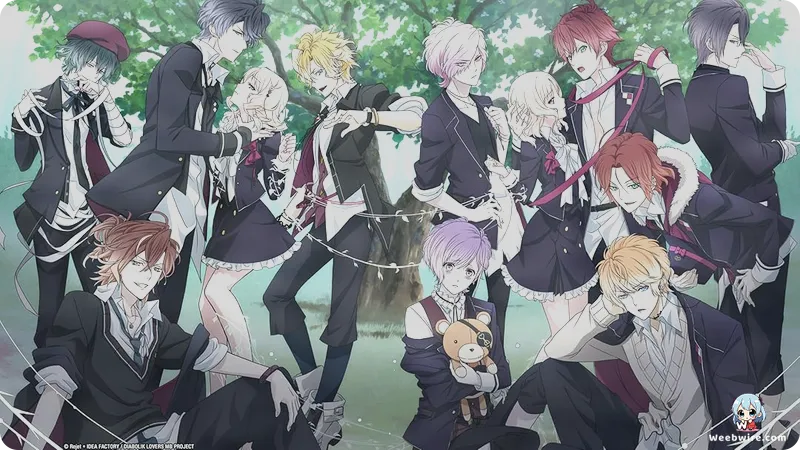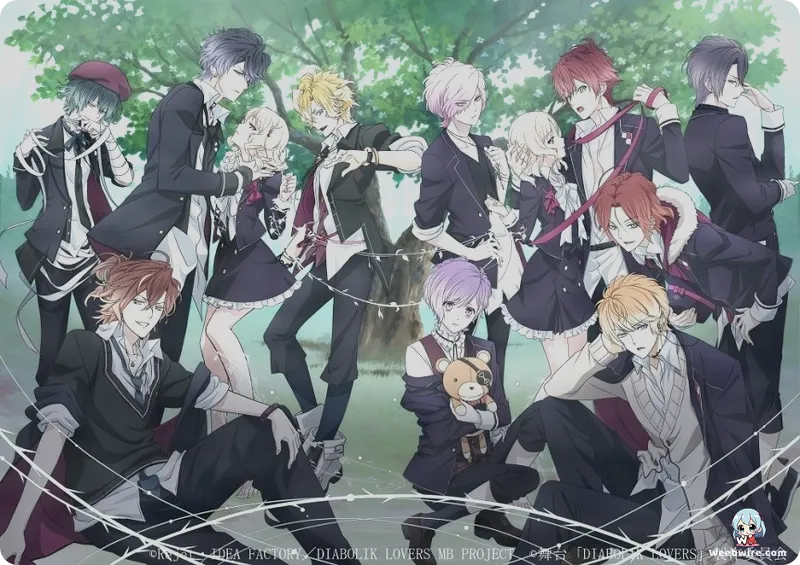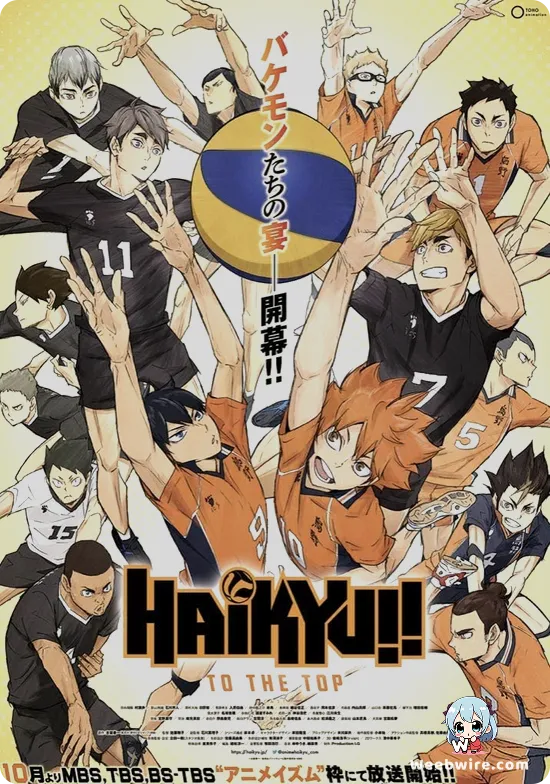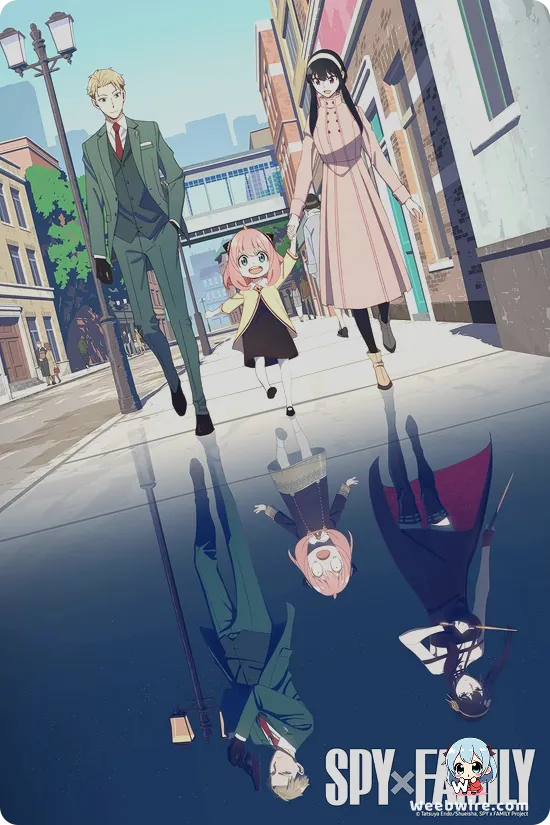Diabolik Lovers II: More,blood – Unveiling the Enigmatic Layers of a Gothic Romance Phenomenon

Dive into the intricate world of Diabolik Lovers Ⅱ: More,blood, an anime series that continues to captivate and provoke with its distinctive blend of gothic romance, supernatural thrills, and dark fantasy. Often perceived through the lens of its passive protagonist and predatory vampires, the second season offers a wealth of hidden depths, expanding the lore and introducing complex character dynamics that are frequently overlooked. This analysis uncovers compelling facts and insights that elevate this series beyond its initial controversies, inviting viewers to appreciate its nuanced narrative.
Faithful Adaptation of the Otome Game
A pivotal aspect often missed is that Diabolik Lovers Ⅱ: More,blood serves as a remarkably faithful adaptation of the second main game from Rejet's acclaimed otome game franchise. Unlike many anime that might selectively adapt or create new plotlines, More,blood meticulously follows the game's narrative structure and introduces characters true to its source. The original games are celebrated for their extensive character routes, allowing players to delve deeply into each vampire's tragic past and motivations. While the anime, by necessity, condenses these rich storylines, streamlining many nuances and critical character developments, understanding this connection enriches the viewing experience. For instance, the games empower players to choose specific vampire routes, leading to profoundly different emotional arcs and revelations about Yui Komori's mysterious origins. The anime endeavors to interweave these paths into a single, cohesive storyline, which can sometimes lead to character motivations feeling underdeveloped or accelerated. This distinction is key to unlocking a fuller appreciation of the series and encourages exploration of the original games.
The Introduction of the Mukami Brothers
The introduction of the enigmatic Mukami brothers Ruki, Kou, Yuma, and Azusa in Diabolik Lovers Ⅱ: More,blood marks another significant expansion of the series' universe. These four new vampires are not pure-bloods like the aristocratic Sakamaki siblings; rather, they are humans tragically transformed into vampires. This fundamental difference establishes a fresh layer of conflict and lore. Their shared backstory, rooted in a harsh orphanage and a desperate pact for survival, starkly contrasts with the Sakamakis' privileged, often isolated, upbringing. Their initial pursuit of Yui, ostensibly to fulfill a prophecy concerning 'Eve' and 'Adam,' is far more intricate, deeply intertwined with their past suffering. This crucial distinction between pure-blood and transformed vampires forms a cornerstone of the More,blood narrative, weaving a rich tapestry of character interactions that extends beyond simple vampire-human dynamics.

Distinctive Gothic Aesthetic and Visuals
Beyond its narrative, the anime's distinctive gothic aesthetic and visual grandeur are a testament to the meticulous craftsmanship of studio ZEXCS. Known for its work on shojo and romance adaptations, ZEXCS consistently infuses its projects with heightened drama and visual opulence. For Diabolik Lovers, the studio employs a signature visual style characterized by lush, detailed backgrounds, intricate character designs that faithfully reproduce Satoi's original artwork, and liberal use of shimmering effects to emphasize the vampires' ethereal allure. This commitment to visual detail, from the ornate Sakamaki mansion to the Mukamis' more rustic dwelling, is instrumental in crafting the series' unique atmosphere. The unwavering fidelity to Satoi's acclaimed character designs, a major draw for game fans, ensures a consistent and appealing visual identity across different media.
Impact of Voice Acting Performances
The voice acting, or 'seiyuu' performances, are undeniably a core pillar of the Diabolik Lovers franchise's widespread appeal, particularly evident in More,blood. The series boasts an illustrious ensemble of highly popular and talented male voice actors, each imbuing their respective sadistic vampire roles with unparalleled intensity. For a significant portion of the fanbase, these powerful vocal performances are a primary motivation for engaging with the series, even amidst its darker themes. These dedicated actors extend their talents beyond the anime and games, contributing to character songs and drama CDs, further immersing fans in the rich world of Diabolik Lovers. Their remarkable ability to convey menace, allure, and underlying vulnerability through voice alone is a testament to their skill and a key factor in the franchise's deep connection with its audience.
The Symbolic Role of the 'Sacrificial Bride'
Finally, the concept of the 'sacrificial bride,' central to Yui Komori's character, carries a profound symbolic weight often underestimated. While her passivity frequently draws criticism, within the specific context of the otome game genre and Diabolik Lovers' intricate lore, Yui functions as a vital vessel for both physical and emotional sustenance. Her blood is far more than mere nourishment; it acts as a powerful catalyst for the vampires' internal struggles and a crucial key to unlocking ancient prophecies. The idea of her 'sacrifice' resonates with a long-standing tradition in gothic literature, where heroines are often placed in vulnerable positions to explore profound themes of power, desire, and destiny. Understanding this symbolic framework helps to contextualize Yui's role beyond a simple damsel in distress, solidifying her position as a crucial, albeit often reactive, pivot around which the entire dramatic narrative masterfully unfolds.
These intricate facts collectively illuminate the nuanced layers beneath the surface of Diabolik Lovers Ⅱ: More,blood, fostering a richer and more profound appreciation for its complex world and characters.
Credits
Diabolik Lovers Ⅱ: More,blood
Author
Rejet
Cover Art
Satoi
Studio
ZEXCS
Publisher
Rejet / IDEA FACTORY
Producers





